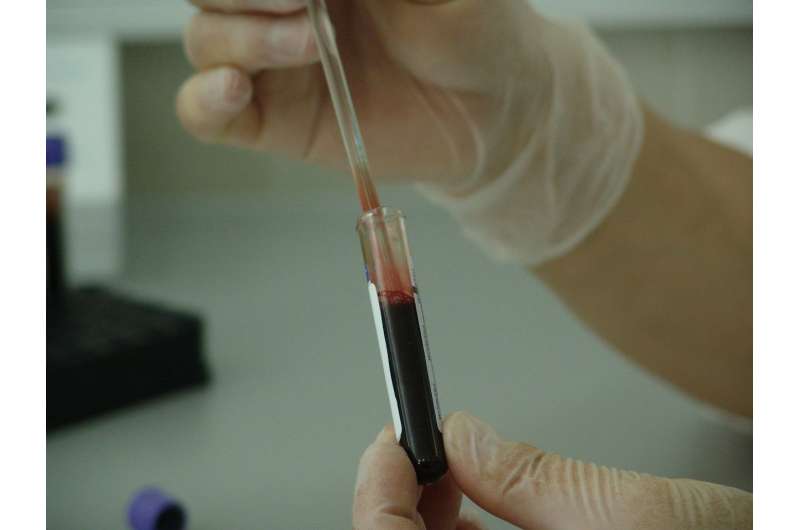Different Microglia Subtypes Linked to Autism-Like and Depression-Like Behaviors in Mice

New insights into brain immune cells reveal two distinct microglia populations that influence autism-like and depression-like behaviors in mice, opening doors for targeted neuropsychiatric therapies.
Recent research has uncovered that two distinct populations of microglia, the brain’s immune cells, are associated with behaviors resembling autism spectrum disorder (ASD) and depression in mice. The study, conducted by scientists at Tsinghua University and published in Molecular Psychiatry, provides insight into how specific microglia subtypes in the anterior insular cortex (aIC)—a brain region involved in emotion regulation, sensory integration, and decision-making—may influence neuropsychiatric conditions.
Microglia are vital for maintaining brain health by clearing damaged cells and pathogens, but their role in psychiatric disorders is complex and not fully understood. The researchers investigated two mouse models: one genetically engineered to lack the Cntnap2 gene, which has links to autism in humans, and another subjected to chronic social defeat stress (CSDS), modeling depression. Their findings revealed that Cx3cr1+ microglia in the aIC exhibited structural and functional deficits in the autism model, contributing to social and repetitive behavioral impairments. Conversely, Tmem119+ microglia showed abnormalities in the depression model, affecting behaviors like sucrose preference and activity in forced swim tests.
Further analysis demonstrated that these microglia subtypes had distinct transcriptional profiles, morphological features, and impacts on synaptic functioning. The team identified two secretory factors, Fbl and Hp1bp3, crucial for the dysfunctions of Cx3cr1+ and Tmem119+ microglia, respectively. Manipulating these factors in the mouse models helped confirm their roles in behavioral abnormalities.
The study highlights the idea that different microglia populations contribute to diverse neuropsychiatric symptoms, opens pathways for targeted treatments, and suggests that similar mechanisms might be relevant in humans. Future research could explore whether specific microglia subtypes are involved in other mental health disorders, offering potential new avenues for therapeutic intervention.
Stay Updated with Mia's Feed
Get the latest health & wellness insights delivered straight to your inbox.
Related Articles
Does Having a Pet as a Child Reduce the Risk of Developing Asthma and Eczema?
Early exposure to pets like dogs during childhood may lower the risk of developing eczema and allergies, contributing to a healthier immune system. Learn how your environment influences allergy development.
Impact of Alcohol on Embryonic Gene Function and Development
New research reveals that alcohol exposure during early pregnancy can significantly alter gene function and cellular development in embryos, increasing the risk of neurodevelopmental disorders and fetal damage.
Innovative Clinical Trial Enhances Detection of Hidden Blood Clots in Stroke Patients
A new clinical trial demonstrates that enhanced CT imaging including the heart greatly improves detection of blood clots in stroke patients, leading to better targeted treatments and stroke prevention.
Early Blood Tests in the First Trimester Enhance Prediction of Gestational Diabetes
A groundbreaking study from Singapore reveals that a simple first-trimester blood test measuring specific biomarkers can accurately predict the risk of gestational diabetes, enabling earlier interventions and improved maternal health outcomes.



